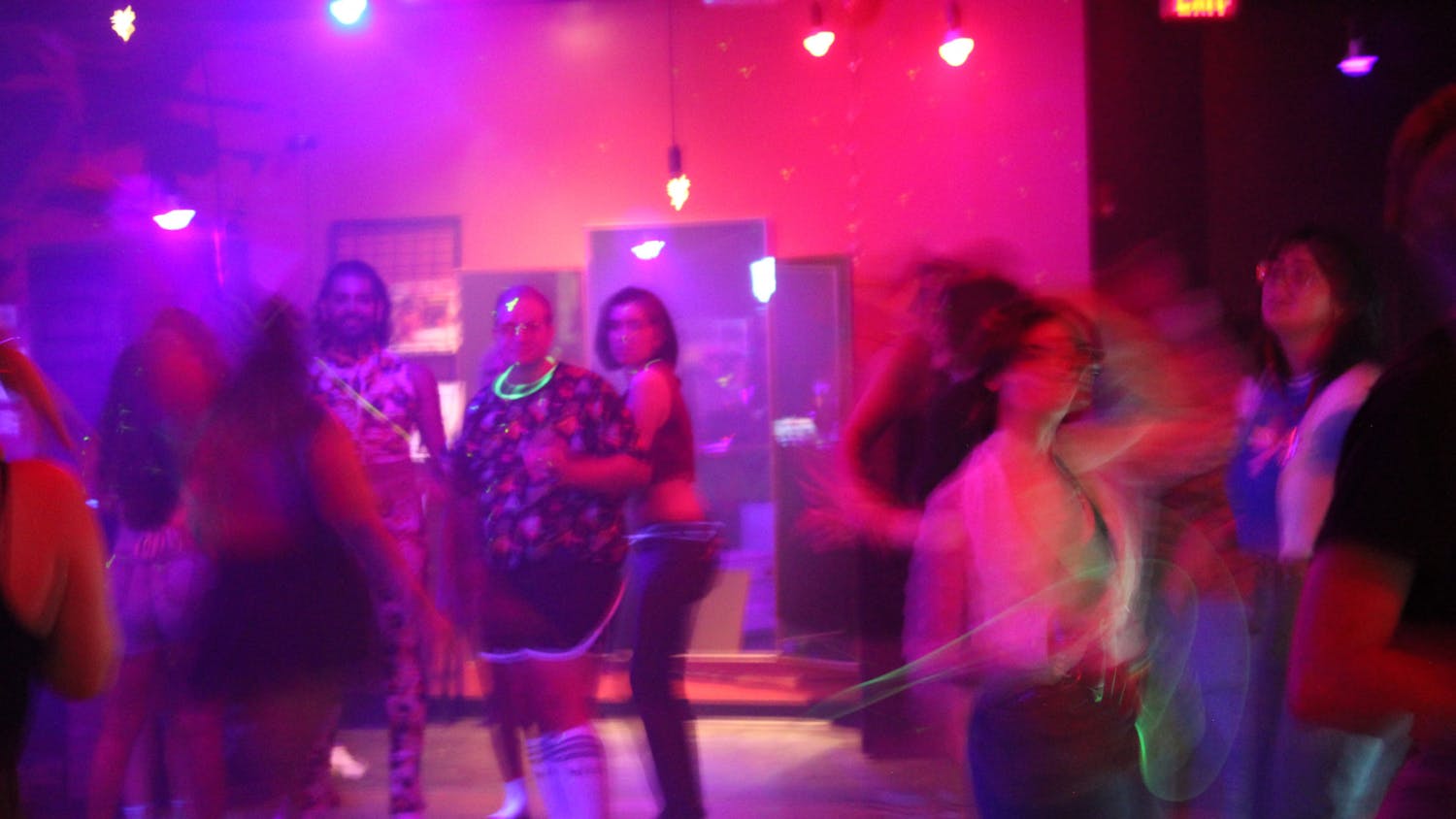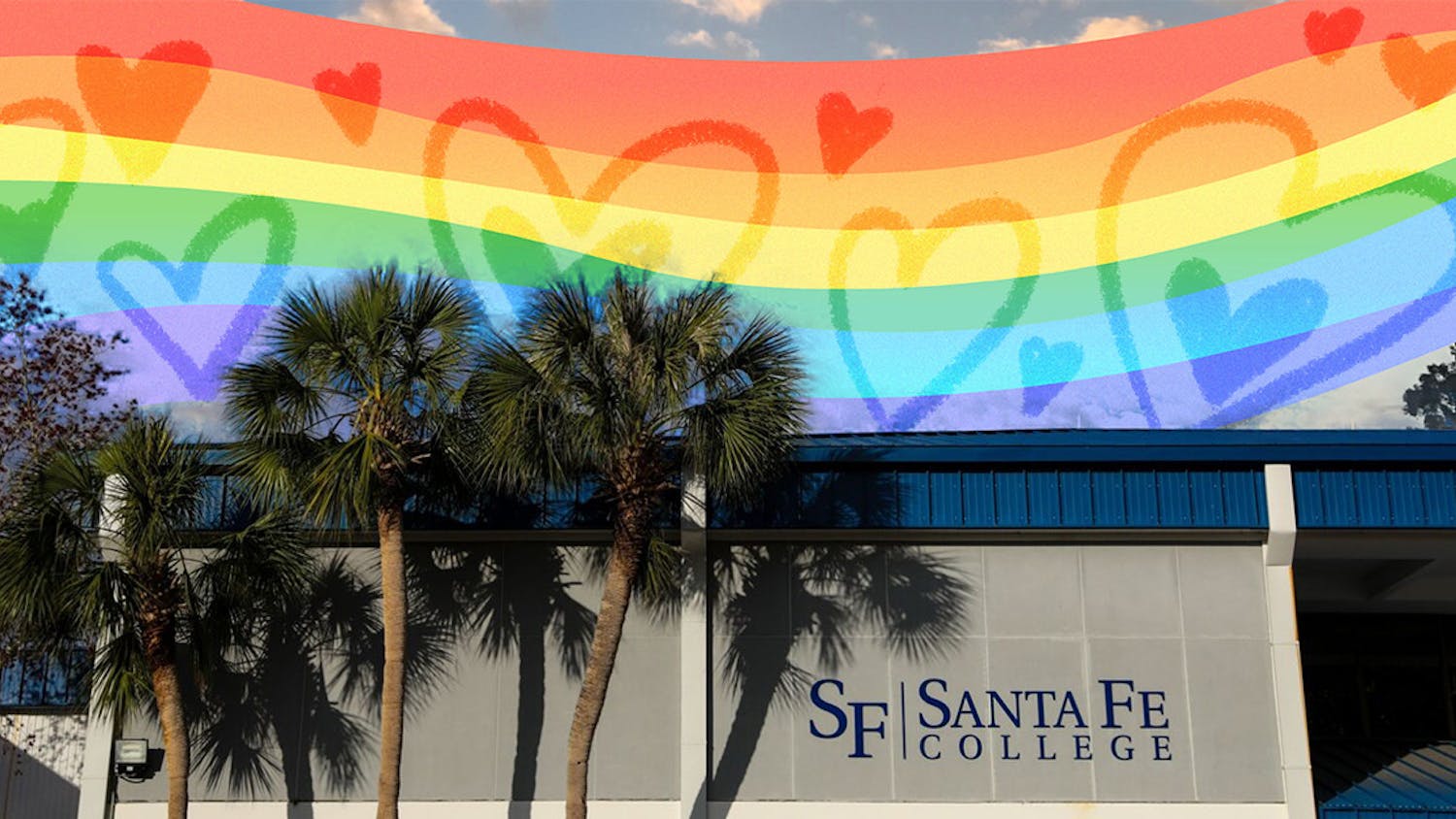Have you noticed an archery theme in popular movies this year? From “The Hunger Games” to “The Avengers,” bows and arrows are all the rage.
Now, take a look at Pixar’s “Brave.”
It marks the film company’s first fairytale female protagonist and period piece. The main character, Merida, must undo a curse using her skill sets: bravery and archery.
I’m ecstatic that there’s finally an animated female lead character who kicks some butt while caring about her family. It’s so important for young girls to have a trailblazer they can look up to; independence and security are crucial traits to develop.
Film critics don’t feel the same way about Merida, however.
Welcome to PopWatch, the pop culture blog of “Entertainment Weekly.”
Writer/blogger Adam Markovitz published a piece titled “Could the heroine of Pixar’s ‘Brave’ be gay?” on June 24.
I’m not opposed to the idea of a gay character in a lead role, but let’s analyze his evidence to see where he’s coming from.
Merida “bristles at the traditional gender roles that she’s expected to play: the demure daughter, the obedient fiancée.” She enjoys “archery and rock climbing” and “hates the prospect of marriage — at least, to any of the three oafish clansmen that compete for her hand — enough to run away from home and put her own mother’s life at risk.”
The first time I read his article I had to put my head down on my desk and remember proper breathing techniques.
So, when a girl doesn’t want to be forced into marriage and enjoys outdoor activities, that means she must be a lesbian?
If Merida had actually ever expressed an attraction to women, then I might be more OK with Markovitz’s opinion. But all she did was buck traditional, stereotypical gender roles.
Sexual orientation doesn’t (and shouldn’t) matter. Chris Heller, an associate editor for “The Atlantic,” listed these five ways to think about Merida’s sexuality (or lack thereof):
“Brave” is about a daughter-mother relationship, and sexuality would distract from developments here.
She is gay, and “Brave” is Pixar’s subversive way to depict a lesbian.
Merida is a straight girl who likes to run, shoot and fight.
She’s neither gay nor straight; she’s asexual. (This would be just as sexually radical — if not more so — than making Merida a lesbian.) The ambiguity is itself a message.
If Pixar wanted Merida to be more of an example for a particular cause, I’m sure it would’ve done so in a more obvious way.
“Ultimately, it doesn’t matter if Merida could be interpreted as gay,” Markovitz said. “What’s most exciting is that she brings a new free-thinking attitude to the slightly staid club of Disney princesses, one that’s sure to appeal...to anyone who ever challenged an identity that was pre-assigned to them.”
Merida, at the very least, is a role model for people who need to stand up for themselves. Perhaps it was good enough that the film made people open a sexual dialogue and a new discussion.
“At its core,” Heller said, “’Brave’ preaches acceptance.”
Sami Main is a journalism senior at UF. Her column appears on Tuesdays. You can contact her at opinions@alligator.org.




![“Fun Home” follows Alison Bechdel throughout childhood, adolescence and adulthood as she comes to terms with her sexuality. [Courtesy to the Alligator]](https://snworksceo.imgix.net/ufa/1ad524cf-9669-4008-a9d8-cee9444656fb.sized-1000x1000.JPG?w=1500&ar=16%3A9&fit=crop&crop=faces&facepad=3&auto=format)
